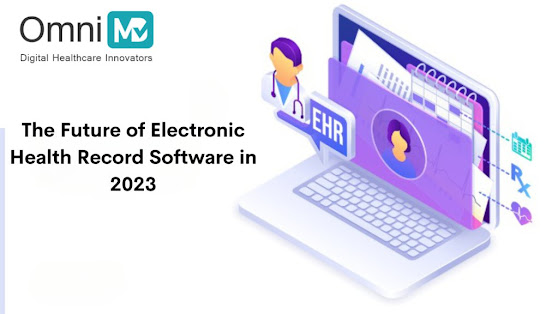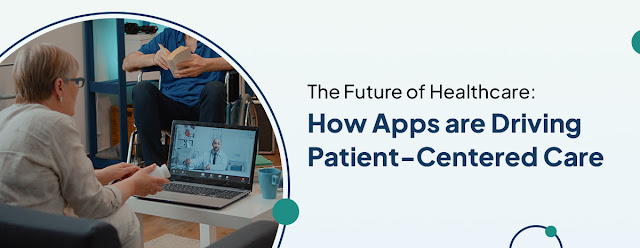The Future of Electronic Health Record Software in 2023
Introduction
Doctors and nurses use electronic
health records (EHR) software to manage patient data. It includes everything
from demographics to clinical data and de-identified patient data to clinical
decision support tools. The EHR software market is increasing as healthcare
organizations shift from paper records to electronic ones.
There are many different EHR software vendors, each
with strengths and weaknesses. To make the best decision for your organization,
it is essential to understand the different types of EHR software and what
features are most important to you. This article will provide an overview of
the different types of EHR software and discuss the industry’s future.
There are four main types of EHR
software:
1. EHR Systems: These are
comprehensive systems with all the features you need to manage patient data.
They can be expensive and require a large amount of training.
2. EHR Modules: These are less
expensive than EHR systems and can be customized to your specific needs.
However, they may not include all of the features you need.
3. EHR Templates: These are
pre-built templates you can use to create your EHR system. They are less
expensive than EHR systems, but you will need some technical expertise to use
them effectively.
4. The EHR is a vital tool for
providing quality care. The EHR software market is expected to grow from $6.6
billion in 2018 to $11.8 billion by 2023, at a CAGR of 11.9%. This growth is
driven by the need to improve patient care, the shift to value-based care, and
the increasing use of mobile devices. This blog post will explore the future of
EHR software and how it will impact the healthcare industry in 2023 and beyond.
We will discuss the trends driving this growth, the challenges that need to be
addressed, and the opportunities for those willing to embrace change.
EHR software in the healthcare
industry
The healthcare industry will face
many challenges in the coming years, but one of the biggest is using Electronic Health Record
(EHR) software. Hospitals and clinics are pressured to adopt EHRs, but many
questions remain about how they will work.
There are a few key ways that
EHRs can be used in the healthcare industry:
1. To store and share patient medical records: EHRs can be used to store patient medical records electronically. This can help improve record-keeping efficiency and make it easier for doctors and other healthcare professionals to access records.
2. To support clinical decision-making: EHRs can provide clinicians with information to help them make better treatment decisions. For example, they may be able to see a patient’s history of allergies or previous treatments.
3. To improve communication between different parts of the healthcare system, EHRs can help improve communication between other features of the healthcare system, such as hospitals, GPs, and pharmacies. This can help to ensure that everyone has access to the same information and that patients receive the best possible care.
4. To reduce costs: One of the
potential benefits of EHRs is that they could help reduce costs by improving
the efficiency of the healthcare system. For example, filing and retrieving
paper would save time if patients’ medical records were stored electronically.
The future of EHR software
There is no question that
electronic health record (EHR) software is becoming increasingly popular in the
healthcare industry. A recent study found that nearly 70 percent of physicians
are now using some EHR software. However, there is still some uncertainty about
the future of EHR software.
One thing is for sure: EHR
software will continue to evolve. As more and more healthcare organizations
adopt EHRs, the software will become more user-friendly and feature-rich.
Additionally, the interoperability of EHR systems is likely to improve, making it
easier for different communication methods.
Another trend likely to impact
the future of EHR Service
Software is the increasing use of mobile devices in healthcare. More
and more physicians are using tablets and smartphones to access their patient’s
medical records. As a result, EHR vendors are starting to develop mobile
versions of their software.
Finally, the cost of EHR software
will likely decrease as competition increases, and more vendors enter the
market. This will make it even easier for small and medium-sized healthcare
organizations to use EHRs.
What Will Change in EHR
Software in the Next 5 Years?
EHR software will evolve and
become more user-friendly in the next five years. More features will be added
to help clinicians manage their workflow more efficiently. The goal is to make
the software more intuitive to be used with little training.
The software will also become
more interoperable with other systems, making it easier for clinicians to share
data and collaborate on patient care. Also, security features will be improved
to keep patient information from being accessed by people who shouldn’t be able
to.



Comments
Post a Comment